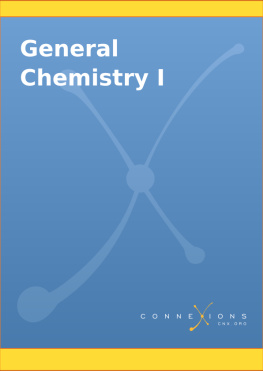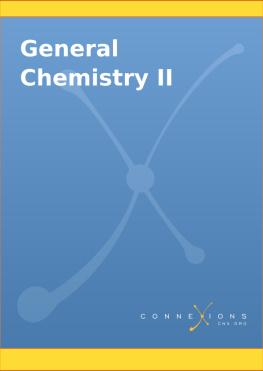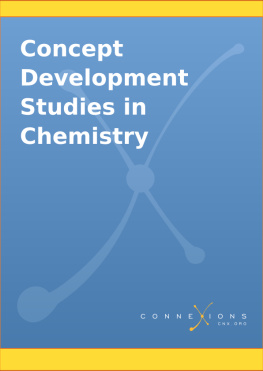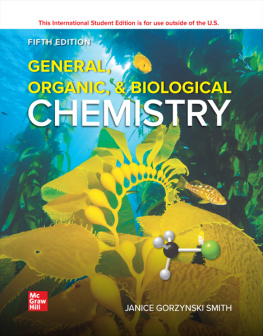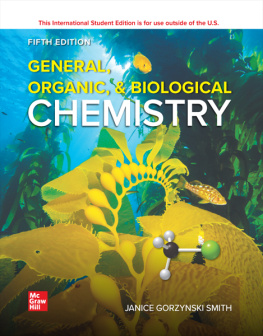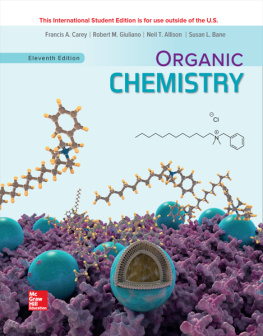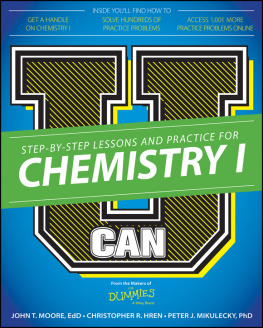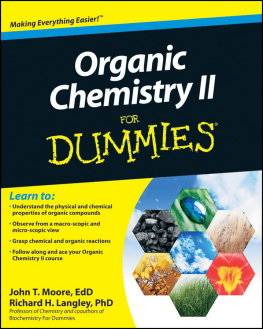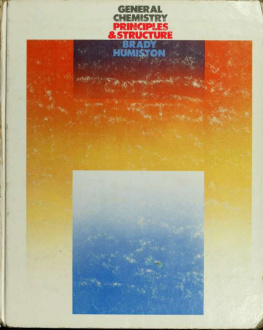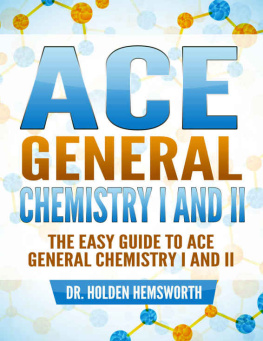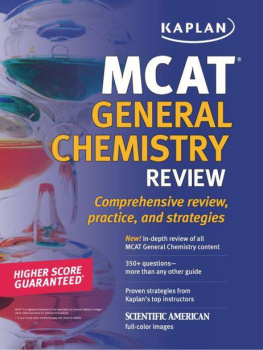General Chemistry I
By: John Hutchinson
Online:
This selection and arrangement of content as a collection is copyrighted by John Hutchinson .
It is licensed under the Creative Commons Attribution License: http://creativecommons.org/licenses/by/2.0/
Collection structure revised: 2007/07/18
For copyright and attribution information for the modules contained in this collection, see the "" section at the end of the collection.
Chapter 1. The Atomic Molecular Theory
1.1. Foundation
There are over 18 million known substances inour world. We will begin by assuming that all materials aremade from elements, materials which cannot bedecomposed into simpler substances. We will assume that wehave identified all of these elements, and that there a verysmall number of them. All other pure substances, which we callcompounds, are made up from these elements andcan be decomposed into these elements. For example, metalliciron and gaseous oxygen are both elements and cannot bereduced into simpler substances, but iron rust, or ferrousoxide, is a compound which can be reduced to elemental ironand oxygen. The elements are not transmutable: one elementcannot be converted into another. Finally, we will assume thatwe have demonstrated the Law of Conservation of Mass.
Law 1.1. Law of Conservation of Mass
The total mass of all products of a chemical reaction is equal to the total mass of all reactants of that reaction.
1.2. Goals
The statements above, though correct, are actually more vague than they might first appear. For example, exactly what do we mean when we say that all materials are made from elements? Why is it that the elements cannot be decomposed? What does it mean to combine elements into a compound? We want to understand more about the nature of elements and compounds so we can describe the processes by which elements combine to form compounds, by which compounds are decomposed into elements, and by which compounds are converted from one to another during chemical reactions.
One possibility for answering these questions is to assume that a compound is formed when indestructible elements are simply mixed together, as for example, if we imagine stirring together a mixture of sugar and sand. Neither the sand nor the sugar is decomposed in the process. And the mixture can be decomposed back into the original components. In this case, though, the resultant mixture exhibits the properties of both components: for example, the mixture would taste sweet, owing to the sugar component, but gritty, characteristic of the sand component.
In contrast, the compound we call iron rust bears little resemblance to elemental iron: iron rust does not exhibit elemental iron's color, density, hardness, magnetism, etc. Since the properties of the elements are not maintained by the compound, then the compound must not be a simple mixture of the elements.
We could, of course, jump directly to the answers to these questions by stating that the elements themselves are comprised of atoms: indivisible, identical particles distinctive of that element. Then a compound is formed by combining the atoms of the composite elements. Certainly, the Law of Conservation of Mass would be easily explained by the existence of immutable atoms of fixed mass.
However, if we do decide to jump to conclusions and assume the existence of atoms without further evidence (as did the leading chemists of the seventeenth and eighteenth centuries), it does not lead us anywhere. What happens to iron when, after prolonged heating in air, it converts to iron rust? Why is it that the resultant combination of iron and air does not maintain the properties of either, as we would expect if the atoms of each are mixed together? An atomic view of nature would not yet provide any understanding of how the air and the iron have interacted or combined to form the new compound, and we can't make any predictions about how much iron will produce how much iron rust. There is no basis for making any statements about the properties of these atoms. We need further observations.
1.3. Observation 1: Mass relationshipsduring chemical reactions

